| Name | Hern-Barret Placenta Forceps |
| Lead Time | 0-3 days |
| Competitor | ;5333-67; |
| Material Finish | Stainless Steel |
| Grade | Premium Operating Room |
| Units of Measurement | Each |
| Manufacturer | BUF SURGICAL |
| Sterility | Non-Sterile |
| Usage | Reusable |
Hern Van-Lyth Ovum Forceps
oval, 9-1/2″ (24.1 cm) Hern-Barret Placenta Forceps are commonly used in the removal of the placenta after the mother has given birth. The hollow oval blades feature serrated teeth to firmly grip the placental tissue The forceps are curved to easily navigate the birth canal.
Description
Reviews (0)
Be the first to review “Hern Van-Lyth Ovum Forceps” Cancel reply
Shipping & Delivery
Related products
Duplay Tenaculum Forceps
Billroth Vulsellum & Tumor Seizing Forceps
4x4 sharp prongs, straight, 10-3/4" (27.0 cm) Billroth Vulsellum & Tumor Seizing Forceps feature 4X4 inward pointing prongs that grasp the uterus or tumor masses during surgical procedures. The ring handles allow for a comfortable and secure grip during procedures. Made of premium grade German stainless steel.
Dartigues Uterine Elevating Forceps
smooth jaws, straight, 10-1/4" (26.0 cm) Dartigues Uterine Elevating Forceps are designed to remove tissue, tumors, or polyps from the uterus by elevating the vaginal wall. The clamps at the ends of the ring handles curve inward toward the handles. The clamps feature smooth jaws to firmly grasp the tissue to be removed.
Demartel Scalp/Flap Grasping Forceps
5-1/2" (14.0 cm) Demartel Scalp/Flap Grasping Forceps are commonly used to aid in the delivery of a newborn by grasping scalp of the child with the smooth, flattened blades of the forceps. The blades feature diagonal grooves and two teeth to firmly grasp the scalp. The ring handles allow the obstetrician to comfortably and easily perform the procedure.
Barton Obstetrical Forceps
14" (35.5 cm) Barton Obstetrical Forceps are commonly used to aid in the delivery process when the fetal head is in the high transverse position, commonly seen during a cesarean delivery. The forceps feature a fixed posterior cephalic blade and a hinged anterior blade to firmly grasp the fetal head once locked. The blades are fenestrated to allow palpation by the surgeon and to provide minimal discomfort to the child's head.


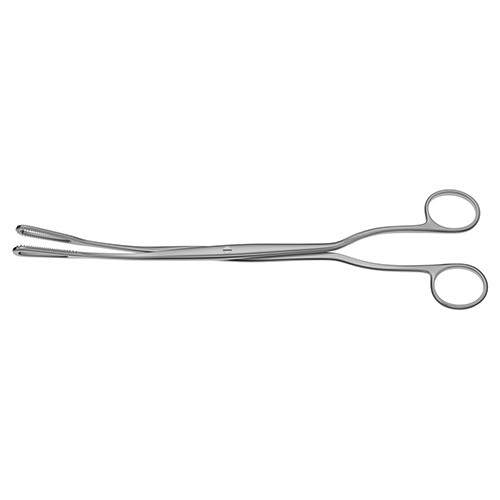
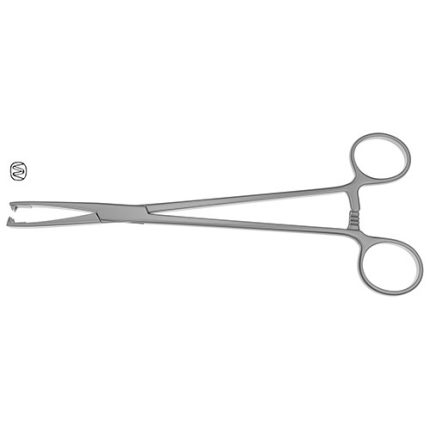
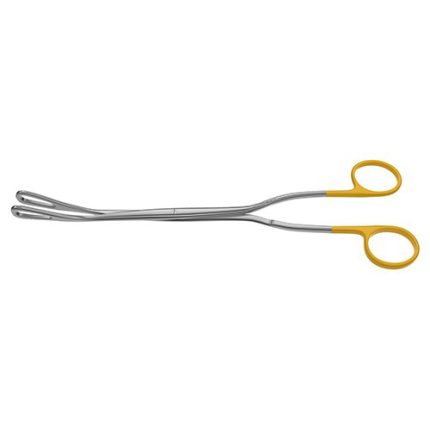

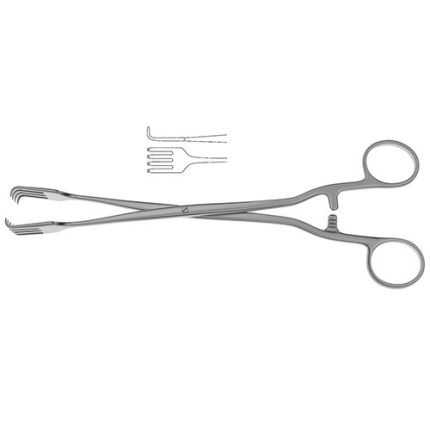
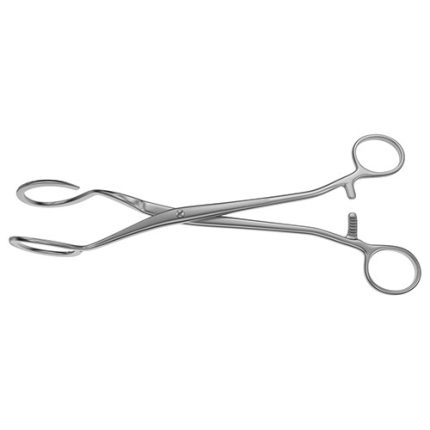
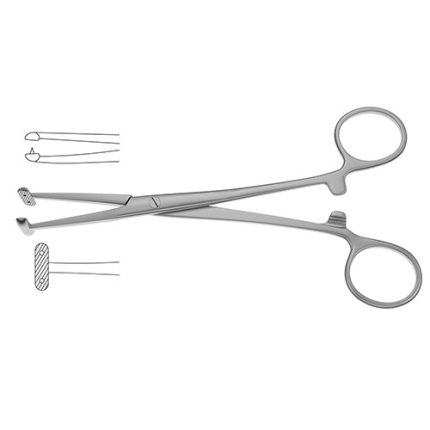
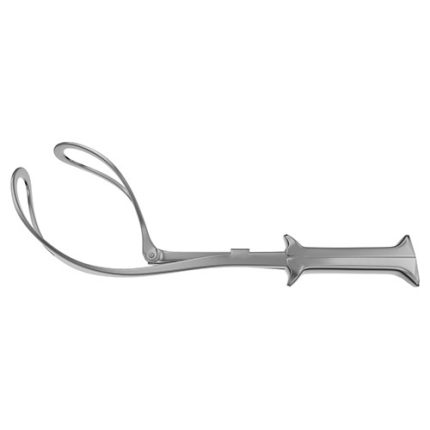
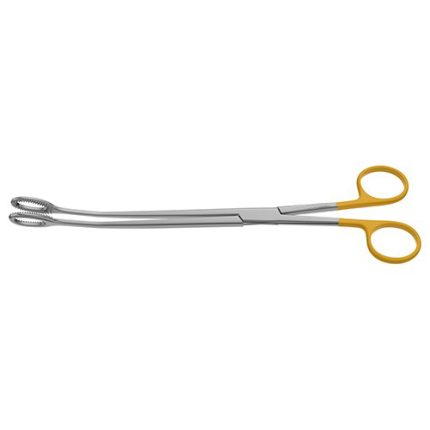

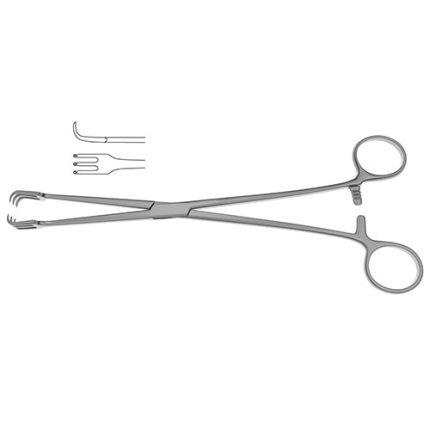

Reviews
There are no reviews yet.